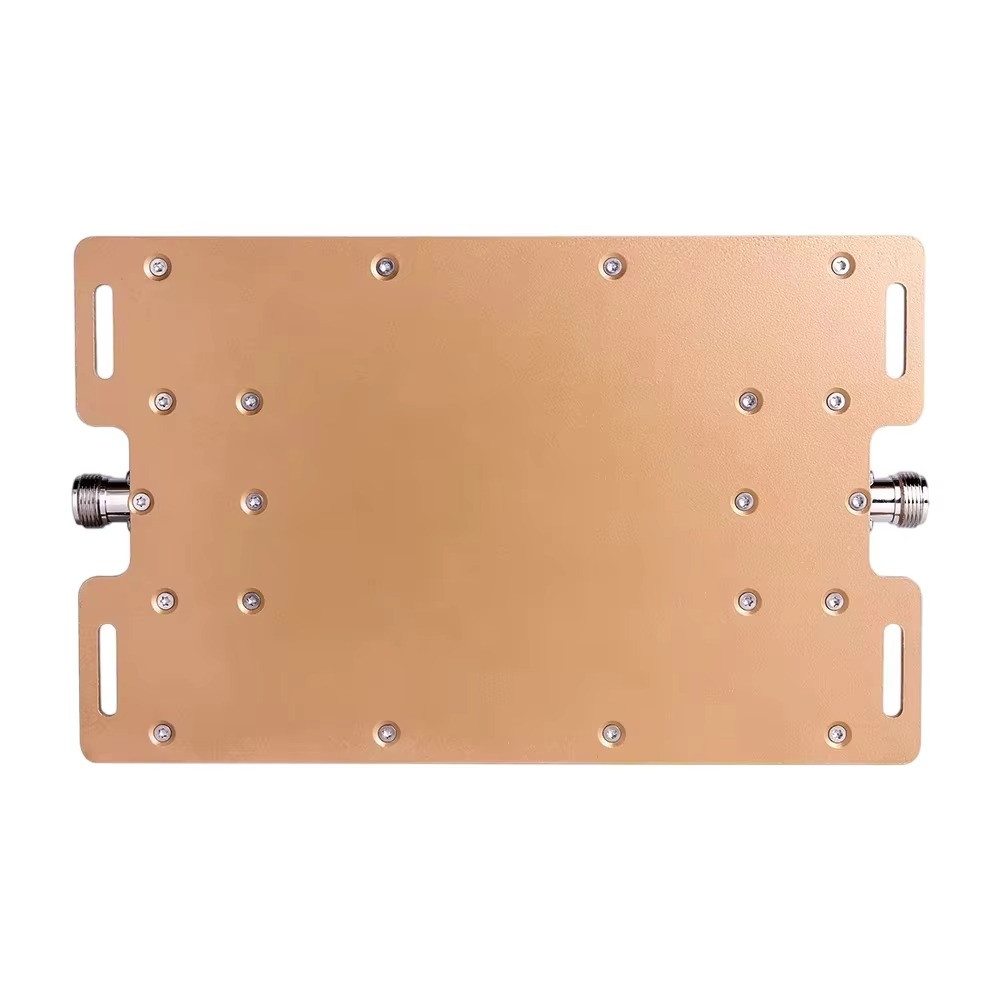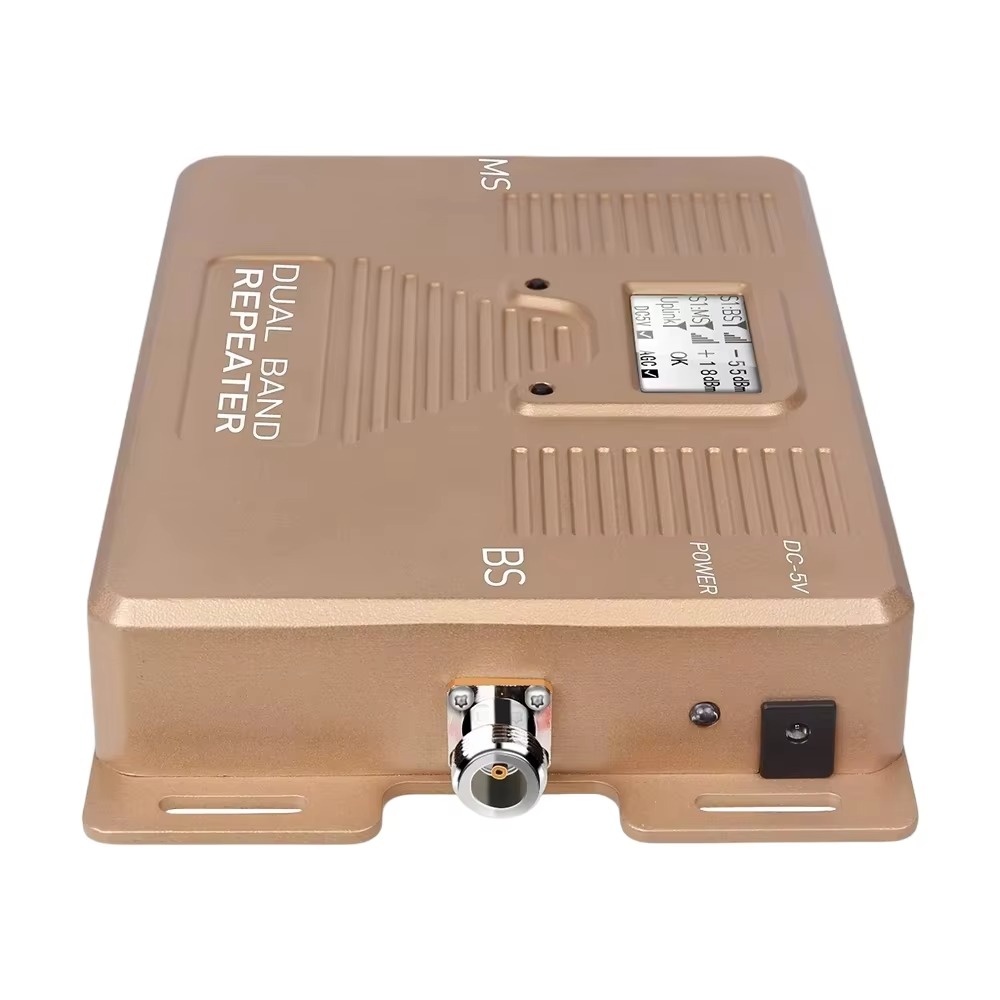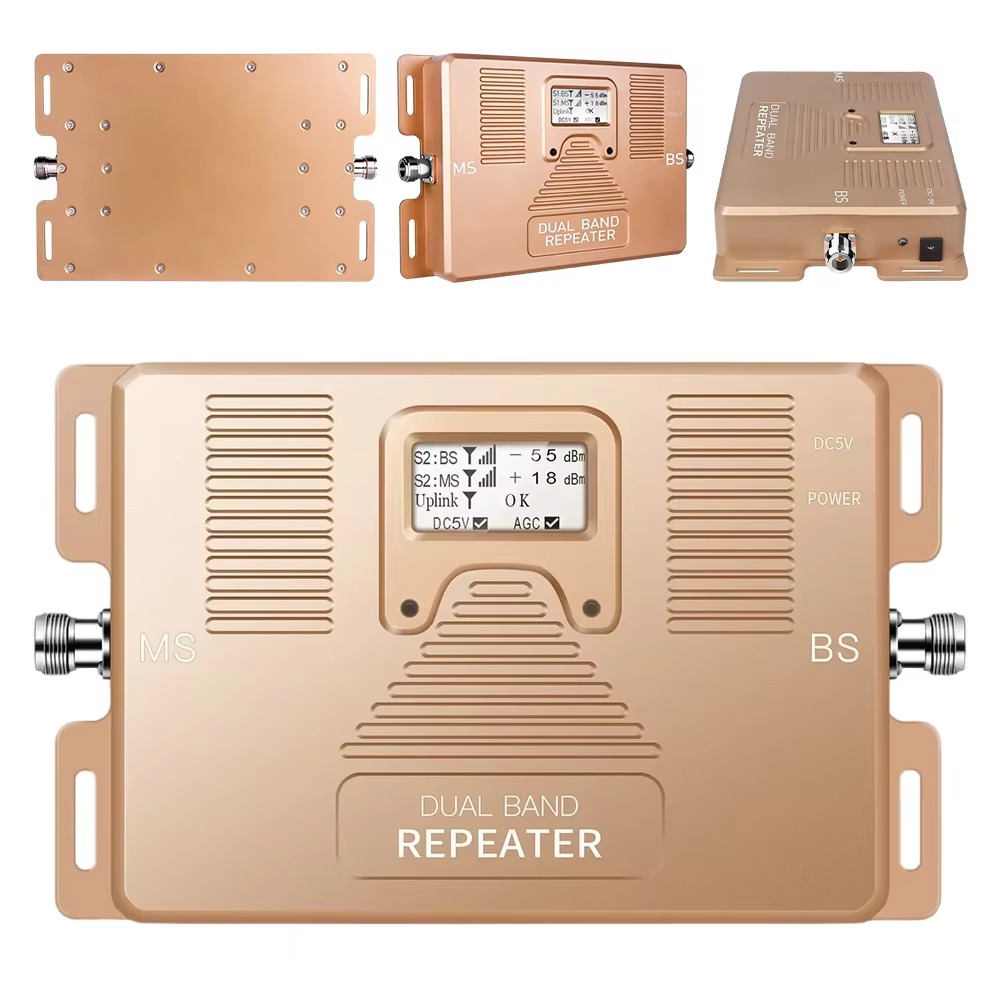5.1 Current Applications
5.1.1 Precision Agriculture
In precision agriculture, rugged dual - frequency GNSS antennas are used to guide agricultural machinery with high accuracy. Tractors equipped with these antennas can be programmed to follow precise paths for plowing, seeding, and fertilizing. This ensures uniform application of inputs, reduces waste, and maximizes crop yields. For example, variable - rate fertilization systems can adjust the amount of fertilizer applied based on the precise location and soil conditions, which is made possible by the accurate positioning provided by dual - frequency GNSS antennas.
5.1.2 Construction and Mining
In the construction industry, these antennas are used in construction equipment such as excavators, bulldozers, and cranes. They enable precise grading, leveling, and alignment of structures, improving the efficiency and quality of construction projects. In mining, they are used for vehicle tracking, automated haulage systems, and equipment guidance. This helps to increase safety, productivity, and resource management in mining operations.
5.1.3 Transportation and Logistics
In the transportation and logistics sector, rugged dual - frequency GNSS antennas are integrated into trucks, trains, and ships for real - time tracking and navigation. Fleet managers can monitor the location and movement of vehicles in their fleet, optimize routes, and improve delivery times. In addition, in autonomous vehicles, these antennas play a crucial role in providing accurate positioning data for safe and efficient operation.
5.2 Future Trends
5.2.1 Integration with Other Technologies
In the future, rugged dual - frequency GNSS antennas are likely to be increasingly integrated with other emerging technologies. For example, they may be combined with inertial navigation systems (INS) to provide more continuous and reliable positioning information. INS can bridge the gaps in GNSS signal reception during periods of signal blockage, such as when a vehicle is passing through a tunnel or in a deep urban canyon. The integration of GNSS and INS can lead to more accurate and robust positioning solutions for a wide range of applications.
Another area of integration is with 5G and other wireless communication technologies. As 5G networks are deployed globally, there is potential for synergies between GNSS and 5G. For instance, 5G can be used to transmit GNSS correction data in real - time, further improving the accuracy of GNSS positioning. Additionally, the high - speed data transfer capabilities of 5G can enable more efficient communication between GNSS - equipped devices and cloud - based services for data processing and analysis.
5.2.2 Miniaturization and Cost Reduction
There will be a continued push for miniaturization of rugged dual - frequency GNSS antennas without sacrificing performance. New manufacturing techniques and materials are being developed to achieve smaller and lighter antenna designs. At the same time, efforts are being made to reduce the cost of these antennas through economies of scale, more efficient manufacturing processes, and the use of less expensive but still high - quality materials. This will make dual - frequency GNSS antennas more accessible for a wider range of applications, including those in the consumer electronics and Internet of Things (IoT) sectors.
5.2.3 Enhanced Signal Processing and Interference Mitigation
Future rugged dual - frequency GNSS antennas are expected to incorporate more advanced signal processing algorithms. These algorithms will be designed to further improve multipath rejection, interference mitigation, and the ability to operate in complex signal environments. For example, machine learning and artificial intelligence techniques may be applied to analyze the received GNSS signals in real - time and adaptively adjust the antenna's performance to optimize signal reception. This will lead to more reliable and accurate positioning even in the most challenging conditions.
Conclusion
Rugged dual - frequency GNSS antennas have emerged as a vital technology in the modern era of navigation and positioning. Their ability to receive signals at two frequencies, correct for ionospheric delay, and withstand harsh environmental conditions makes them highly valuable in a wide range of applications. From precision agriculture to construction, transportation, and many other industries, these antennas are enabling more accurate, efficient, and reliable operations.
Despite the challenges such as cost, size, weight, and interference susceptibility, continuous research and development efforts are being made to overcome these limitations. The future of rugged dual - frequency GNSS antennas looks promising, with trends towards integration with other technologies, miniaturization, cost reduction, and enhanced signal processing. As these trends continue to unfold, we can expect to see even more widespread adoption of these antennas in new and existing applications, further revolutionizing the way we navigate and interact with the world around us.




































































 Language
Language
 En
En Cn
Cn Korean
Korean

 Home >
Home > 







 18665803017 (Macro)
18665803017 (Macro)













